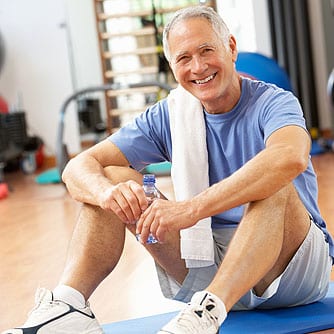Exercise may play an important role in helping people to better endure life’s daily anxieties and stress. J. Carson Smith, from the University of Maryland (Maryland, USA), enrolled 37 healthy and normally physically active young adults to complete two exercise regimens on separate days: the first, 30-minutes of seated rest; and the second, 30-minutes of moderate intensity cycle ergometer exercise (Rated Perceived Exertion of 13; ‘somewhat hard’). The researcher assessed the subjects’ anxiety state before the period of activity (or rest), shortly afterward (15 minutes after) and finally after exposing them to a variety of highly arousing pleasant and unpleasant photographs, as well as neutral images. At each point, study participants answered 20 questions from the State-Trait Anxiety inventory, which is designed to assess different symptoms of anxiety. All participants were put through both the exercise and the rest states (on different days) and tested for anxiety levels pre-exercise, post-exercise, and post-picture viewing. The researcher found that exercise and quiet rest were equally effective at reducing anxiety levels initially. However, once the subjects were emotionally stimulated (by being shown the photographs), the anxiety levels of those who had simply rested went back up to their initial levels, whereas those who had exercised maintained their reduced anxiety levels. Reporting that: “These findings suggest the anxiolytic effects of acute exercise may be resistant to the potentially detrimental effects on mood after exposure to arousing emotional stimuli,” the study author comments that: “exercise helps to buffer the effects of emotional exposure. If you exercise, you’ll not only reduce your anxiety, but you’ll be better able to maintain that reduced anxiety when confronted with emotional events.”




